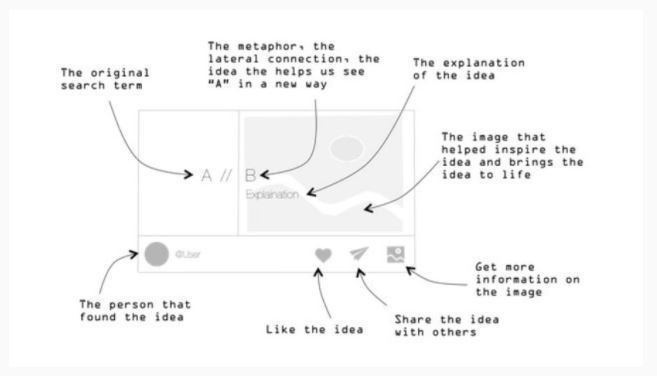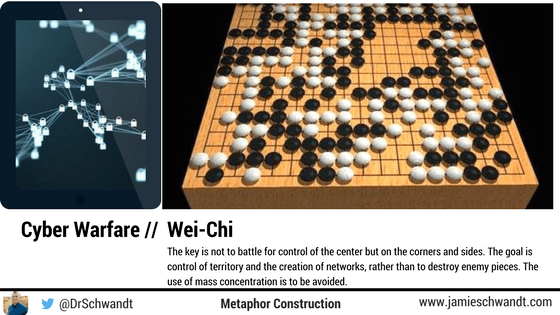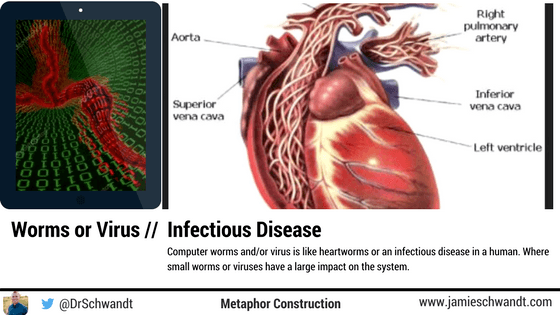Albert Einstein said,
If you can’t explain it simply, you don’t understand it well enough.
But a lot of times, we struggle about how to explain some difficult, or even abstract concepts to others.
In this article, I will provide you with a solution: metaphor. Explaining and examining concepts using metaphors improves our thinking.
Metaphorical thinking is a great way to analyze and synthesize abstract concepts such as cyber security. In a report issued by Sandia National Laboratories for the U.S. Department of Energy, a research team explored metaphors for cyber security. By thinking metaphorically, they found it improved their thinking and discussion of cyber security in four ways:[1]
- They gained a clear understanding of the value and limitations of cyber security concepts.
- Using less common and new metaphors sparked their imagination.
- Metaphors that work well might be developed into new models for approaching cyber security problems.
- Metaphors serve as a heuristic purpose, bringing a clear understanding of abstract concepts from the field of cyber security into domains with which the non-specialist may be more familiar.
What exactly are metaphors?
Before we examine some metaphors, let’s first define what a metaphor is. In Metaphors We Live By, George Lakoff and Mark Johnson define metaphor in this way:
Conceptual metaphors are grounded in everyday experience. They are abstract. Our conceptual systems are not consistent overall, since the metaphors used to reason about any concept may be inconsistent. We live our lives on the basis of inferences we derive via metaphor.
On the other hand, Zoltan Kovecses defines a metaphor in Metaphor: A Practical Introduction as:
Metaphor is defined as understanding one conceptual domain in terms of another conceptual domain. Examples of this include when we talk and think about life in terms of journeys. A convenient shorthand way of capturing this view of metaphor is the following: conceptual domain (A) is conceptual domain (B), which is what is called a conceptual metaphor. A conceptual metaphor consists of two conceptual domains, in which one domain is understood in terms of another.
Metaphors = High Definition Thinking
Let’s examine some metaphors to help with the understanding of cyber warfare and cyber security. My inspiration for the creation of the format for my ideas that follow came from Bigthink.com.
Cyber Warfare // Wei-Chi
For more information on this concept, read In Athena’s Camp.
Cyber Warfare // Pests
For more information on this concept, read here Lessons from pest control: Why the popular metaphors in cybersecurity are broken.
Phishing // Fishing
Malware Scan // Health Screening
Worms or Virus // Infectious Disease
Thinking about concepts using metaphors leads to a deeper understanding of an idea and leads to new and creative approaches. They are a way for us to fill in the gap and create connections in our mind regarding a concept.
Using the ideas above, what are some metaphors you can think of for difficult and abstract concepts?
Featured photo credit: Kaboompics via kaboompics.com
Reference
| [1] | ^ | Karas, Moore, and Parrott: Metaphors for Cyber Security |


















































